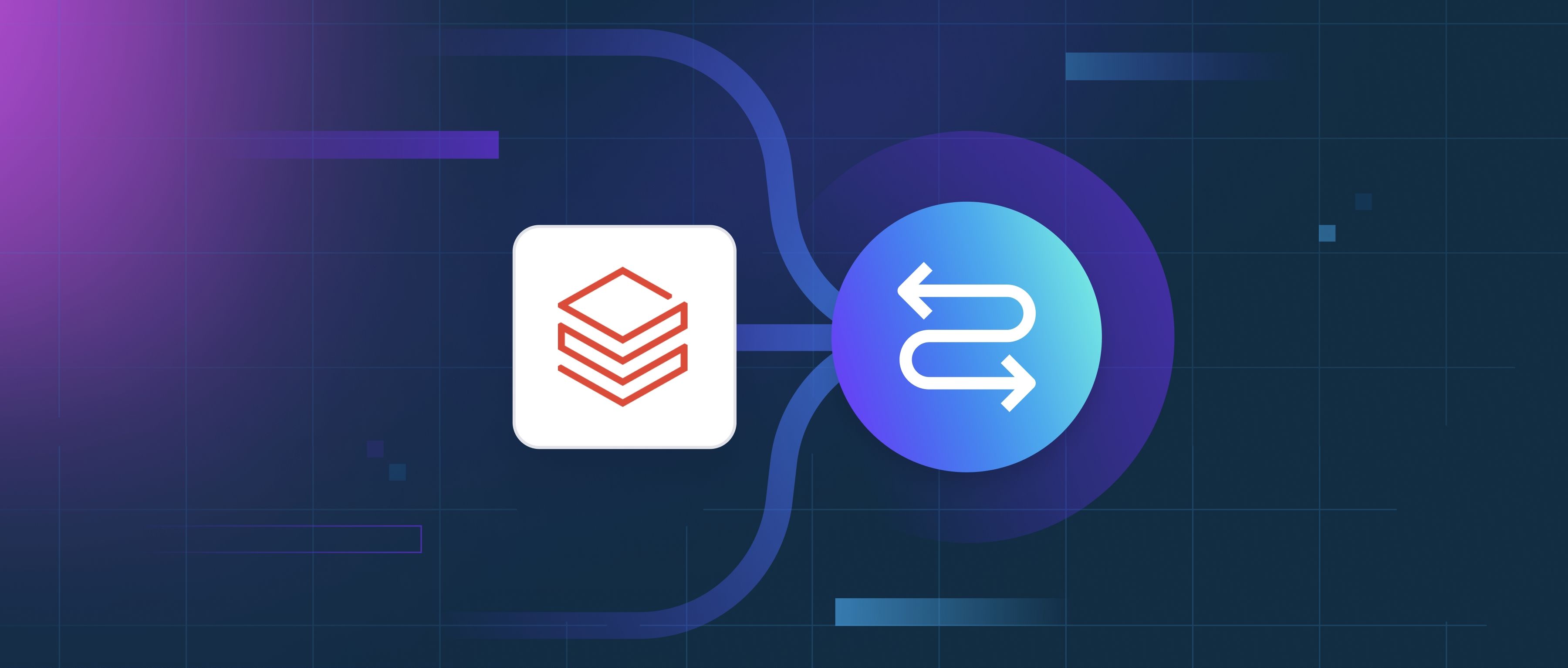To evaluate whether a vector database or search index is the bottleneck in a RAG pipeline, start by isolating and measuring the latency of each component. First, measure the query latency of the vector search independently by executing a search query without invoking the generation step (e.g., bypassing the LLM). Use timers in your code to record the time from sending the query to the vector database until results are returned. For example, in a Python script, wrap the vector search call with time.time() or use profiling tools like cProfile. Repeat this with varying query loads to identify if latency scales with concurrency or dataset size, which points to database limitations.
Next, measure the generation time separately by feeding pre-retrieved documents (cached or static inputs) into the LLM and timing the generation phase. If generation time remains high even with cached inputs, the LLM is likely the bottleneck. If vector search latency dominates total pipeline time, especially under load, the database or index is the issue. For example, if a query takes 800ms total and 700ms is spent on vector search, optimization efforts should focus on the database. Tools like distributed tracing (e.g., OpenTelemetry) can help visualize these phases in production.
Finally, analyze system metrics like CPU/GPU utilization, memory usage, and I/O during each phase. If the vector database instance is maxing out CPU while the LLM sits idle, the database is under-resourced. For search indexes, check disk I/O or network latency if data is sharded. Load-test the vector database independently (e.g., using locust or custom scripts) to isolate its performance. For example, if a standalone vector query takes 50ms but balloons to 500ms within the pipeline, investigate integration issues like serialization overhead or network roundtrips. Optimize by tuning index parameters (e.g., HNSW graph layers in FAISS) or scaling database replicas.
